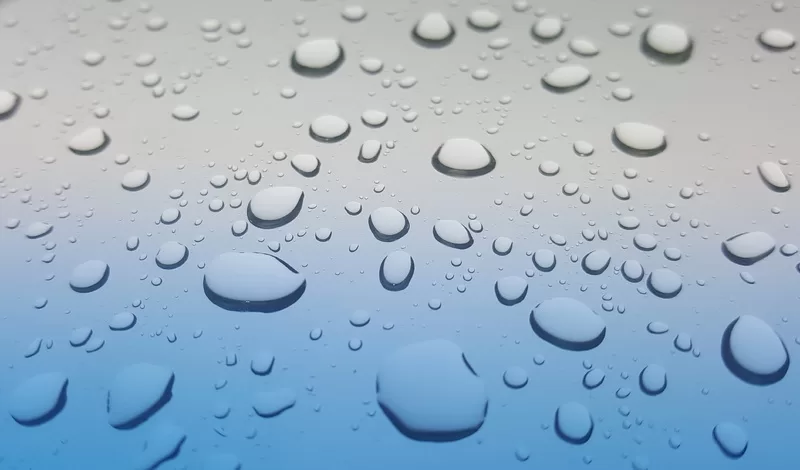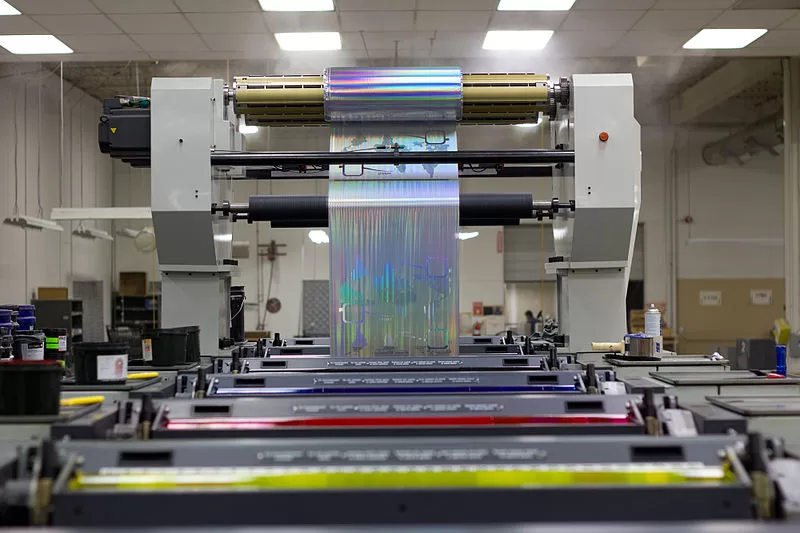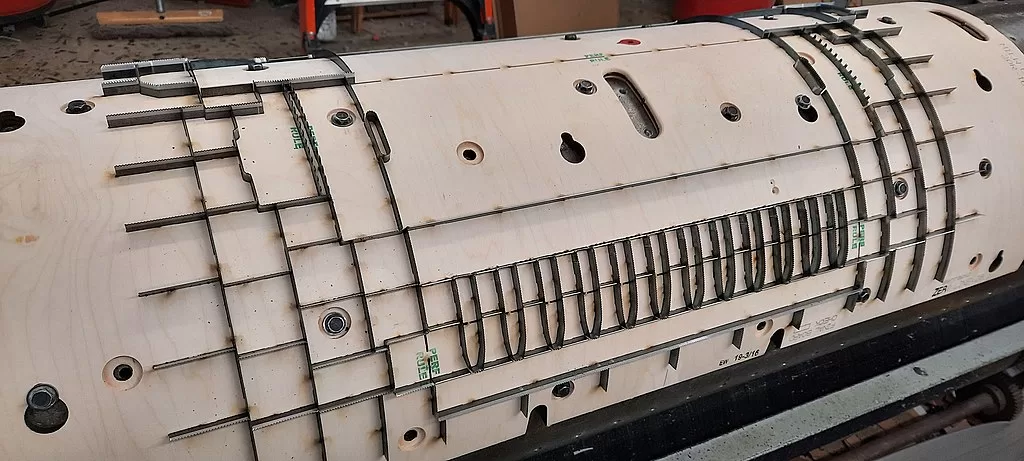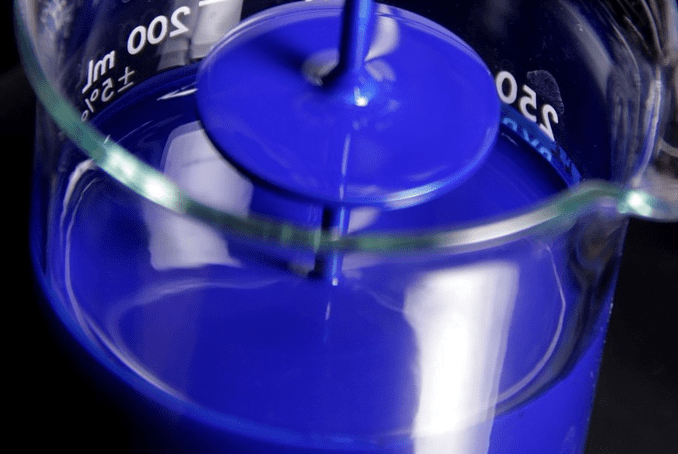If you work in flexo printing, you understand the intricate details involved in achieving flawless prints. Evolving technologies and stringent printing standards continually challenge the quest for perfection. Amidst these complexities, ink surface tension remains a fundamental aspect of flexo printing. While surface tension testing can be challenging, it plays a critical role in preventing costly defects and improving print quality.
Mastering print quality: Improving ink surface tension and adhesion in flexo printing
Print failures due to poor ink adhesion are often attributed to the image carrier. However, it’s important to recognise that the effectiveness of the image carrier depends on proper surface energy matching with both the ink and the substrate. Problems such as halos, dot gain, and fill-in can indicate low ink surface tension and adhesion. To prevent such defects, thorough testing of the surface tension of your ink, image carrier, and substrate is essential.
While testing is critical, the key to improving ink surface tension and adhesion lies in understanding dyne levels. During the printing process, it is beneficial to aim for the lowest possible dyne levels for your ink. Different types of inks, whether water-based, solvent-based, UV or oil-based, have different dyne levels. Adding additives such as solvents or surfactants to the ink for specific adjustments can affect the surface tension. Therefore, retesting of adjusted inks prior to printing is critical to avoid defects.
In particular, when sending inks for testing to your media manufacturer, remember to provide press-ready inks that reflect any additive changes.
Unveiling the Image Carrier: A Comprehensive Guide for Print Professionals
For optimal performance, the surface energy of your image carrier must be greater than that of the ink, but less than that of the substrate. Deviations from this principle can lead to undesirable results during a print run. Too high a surface energy in the image carrier can repel ink from the substrate. While too low an energy level can result in inadequate ink pick-up from the anilox, compromising the final print quality. Considerations for image carrier surface energy include a typical range of 20 to 38 dynes, with photopolymers typically falling below 30 dynes. The choice of dyne level depends on the printing requirements, such as flood rolls or intricate detail work.
Unlock the potential of the substrate: Improving print quality through material selection
In keeping with the earlier discussion, the substrate should have a higher surface energy than both the ink and the image carrier for effective bonding. The surface energy of a substrate can vary widely, and the material composition is its determinant. For example, film substrates typically have surface energy treatments in the range of 38 to 45 dynes, although there are exceptions. Testing the surface energy of the substrate prior to printing is essential to ensure compatibility with the ink and image carrier. Proper storage and maintenance of surface energy treated substrates is critical to prevent degradation over time, which can lead to print quality complications.
Beyond the Surface: Effective Methods for Testing Ink Surface Tension in Flexography
To accurately assess surface tension and energy, it is recommended that press-ready samples be sent to a testing facility, including those offered by image carrier suppliers. Based on the results of these tests, you can select an image carrier that will promote ink adhesion. Alternatively, on-press tests can be performed for a quicker assessment. In this method, test liquids with known surface tensions are compared to pre-press surface tensions. Familiarity with the different types of inks, the test procedure, and other important surface tension considerations is essential to successful flexographic printing.






